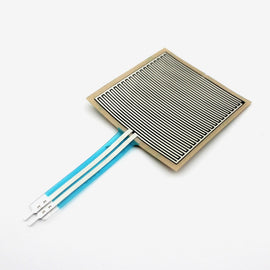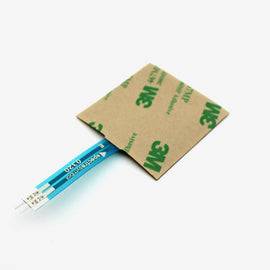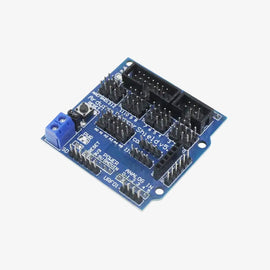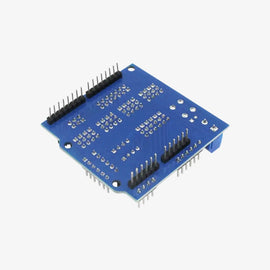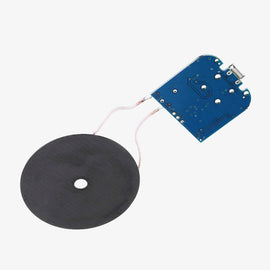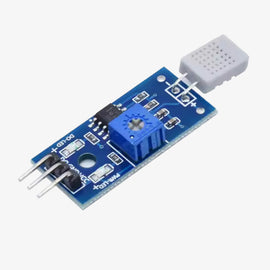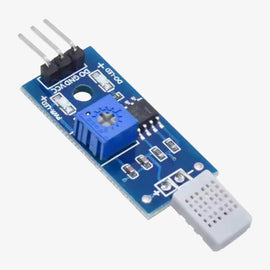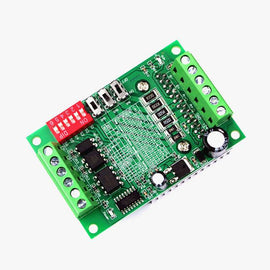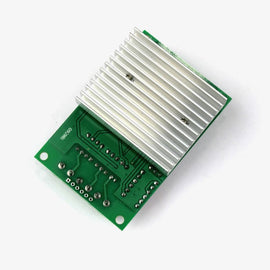In this tutorial, we are going to make an Automatic power cut-off circuit with the help of a 555 timer IC and other components. This circuit automatically cut-off the power after some prescribed time which can be varied with the help of a potentiometer. There are large applications of the circuit, for example, if we want to turn off any AC appliances then with the help of a relay it can be easily done. Time can be varied from seconds to minutes. Let’s make it!
BC547 Pinout

555 Timer IC Pinout

Relay Pinout

BC547 Datasheet
|
Model No. |
BC547 |
|
DC Current Gain (hFE) |
Min: 110 Max:800 |
|
Collector Current (IC) |
100 mA |
|
Collector Power Dissipation |
500 mW |
|
Collector-Base Voltage (VCBO) |
Max: 50V |
|
Collector-Emitter Voltage (VCEO) |
Max: 45V |
|
Emitter-Base Voltage (VEBO) |
Max: 6V |
|
Junction Temperature |
150 °C |
|
Storage Temperature |
-65 ~ 150 °C |
555 Timer IC Datasheet
|
Model No. |
NE555 |
|
Supply voltage |
Min:4.5V Max:16V |
|
Supply current |
Min: 6mA Max:15mA |
|
Threshold voltage |
Min: 2.4V Max:4.2V |
|
Trigger voltage |
Min: 1.1V Max:2.2V |
|
Reset voltage |
Min: 0.3V Max:1V |
|
Reset current |
0.4mA |
|
Maximum allowable power dissipation |
600mW |
|
Operating ambient temperature range |
0 to +70 °C |
555 Timer IC
It is an 8-pin IC that have many applications. It can be found in many electronic devices starting from toys and kitchen appliances to even spacecraft. It is a highly stable integrated circuit that can produce accurate time delays. The 555 timer has 3 operating modes. Bistable, Monostable and Astable mode. 555 timer IC has 35 transistors, 2 diodes, and 15 resistors within it. In whole, it consists of 2 comparators, a flip flop, a voltage divider, a discharge transistor, and an output stage.
Relay
A Relay is an electromechanical switch that connects and disconnects two circuits. This switching is done with the help of a coil inside a relay. The relay has five terminals. Two of them are coil terminals. One is a common point and another two are normally open (NO) and the other is normally closed (NC) terminal.

A relay uses an electrical signal to control a coil in form of an electromagnet, which in turn connects and disconnects a circuit. When supply is given to terminals of the coil it gets converted into an electromagnet and operates between NO and NC conditions. Relays have a range of applications such as home automation, automobiles, industrial applications, DIY Projects, and a lot more. The relay we have used is 5Volts/7.5A rated.
Components Required for Automatic Power Cut-off Circuit

- 555 Timer IC
- 8 Pin IC Socket
- Potentiometer (1M Ohm)
- Electrolytic Capacitor (220uF 25V)
- Ceramic capacitors (100nF)
- Resistor (10K)
- Resistor (1K)
- Push button
- BC-547 Transistors
- Relay (SPDT 5V)
- Terminal block
- 9V battery
- 9V battery connector
- Perf Board
- Soldering iron
- Solder wire
Automatic Power Cut-off Circuit Diagram

In the above circuit, we can see that Pin no.1 of the timer IC is connected to an emitter of the NPN transistor and connected to the negative of the electrolytic capacitor, and also connected to the push button. Pin No.2 is connected to the push button and is connected to Pin no. 8. Pin no.2 is connected to the positive of the battery with the help of a 10K resistor. Pin no.3 is connected to the base of the transistor with the help of a 1K resistor. Pin no.4 is shorted with Pin no.8. Pin no.5 is connected to the ceramic capacitor and another end of the ceramic capacitor is connected to the negative of the battery. Pin no. 6 is connected to the potentiometer and also connected with the positive electrolytic capacitor. Pin no. 6 and 7 are shorted together. Another end of the potentiometer is connected to a 9v battery. The collector of BJT is connected to one coil terminal of the relay and another coil terminal is connected to the positive 9v battery. The terminal block is connected with the common point of the relay and normally open (NO) of the relay.
This is how our project looks like.

Troubleshooting
The Circuit is taking so long to respond?If so, adjust Potentiometer within your range. Take a stopwatch and set it to a position where you are getting the desired time delay. You can use the screwdriver to turn the potentiometer knob.
Circuit not working?You must check all the connections as per the circuit diagram. A proper rating of components is a must. Cross-check the soldering joints if you have missed anything to solder.
Relay not working?In this case, you have to check whether you are receiving the desired output or not. Take a Multimeter and place its positive knob between the 4th pin of 555 IC and another to the ground. Check whether you are getting 5v nearby. If you are getting that means your circuit is working properly and you need to replace the relay with another 5v relay. Check once again after this step.
Load is getting ON instead of getting OFF?This means that you have connected your load to a normally closed(NC) terminal of the relay. Desolder the NC connection and solder it to the normally open(NO) pin of the relay.

